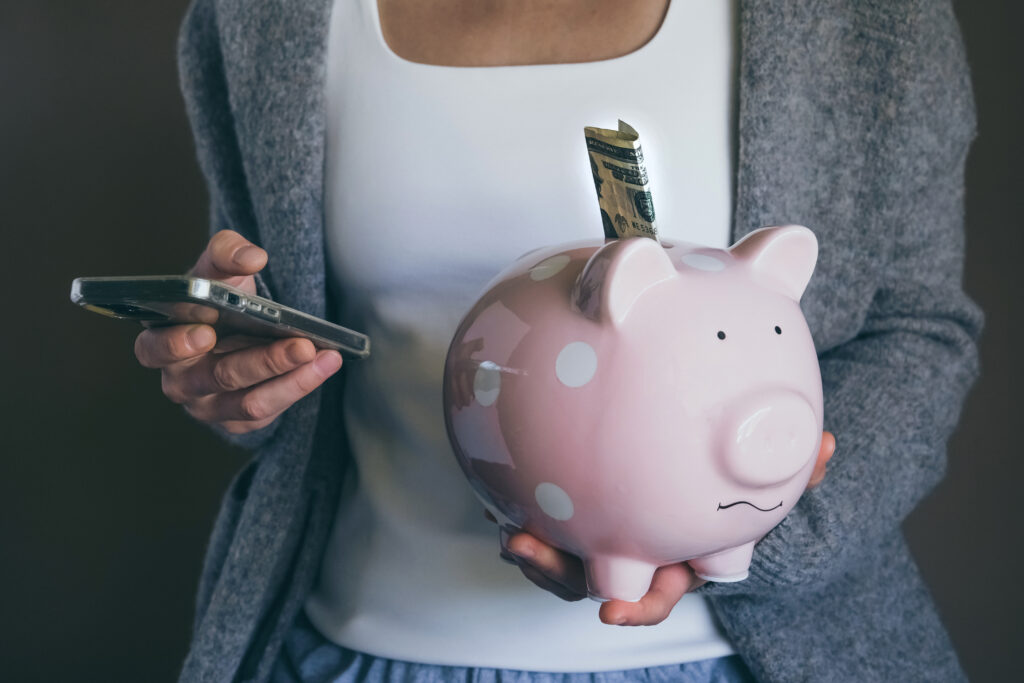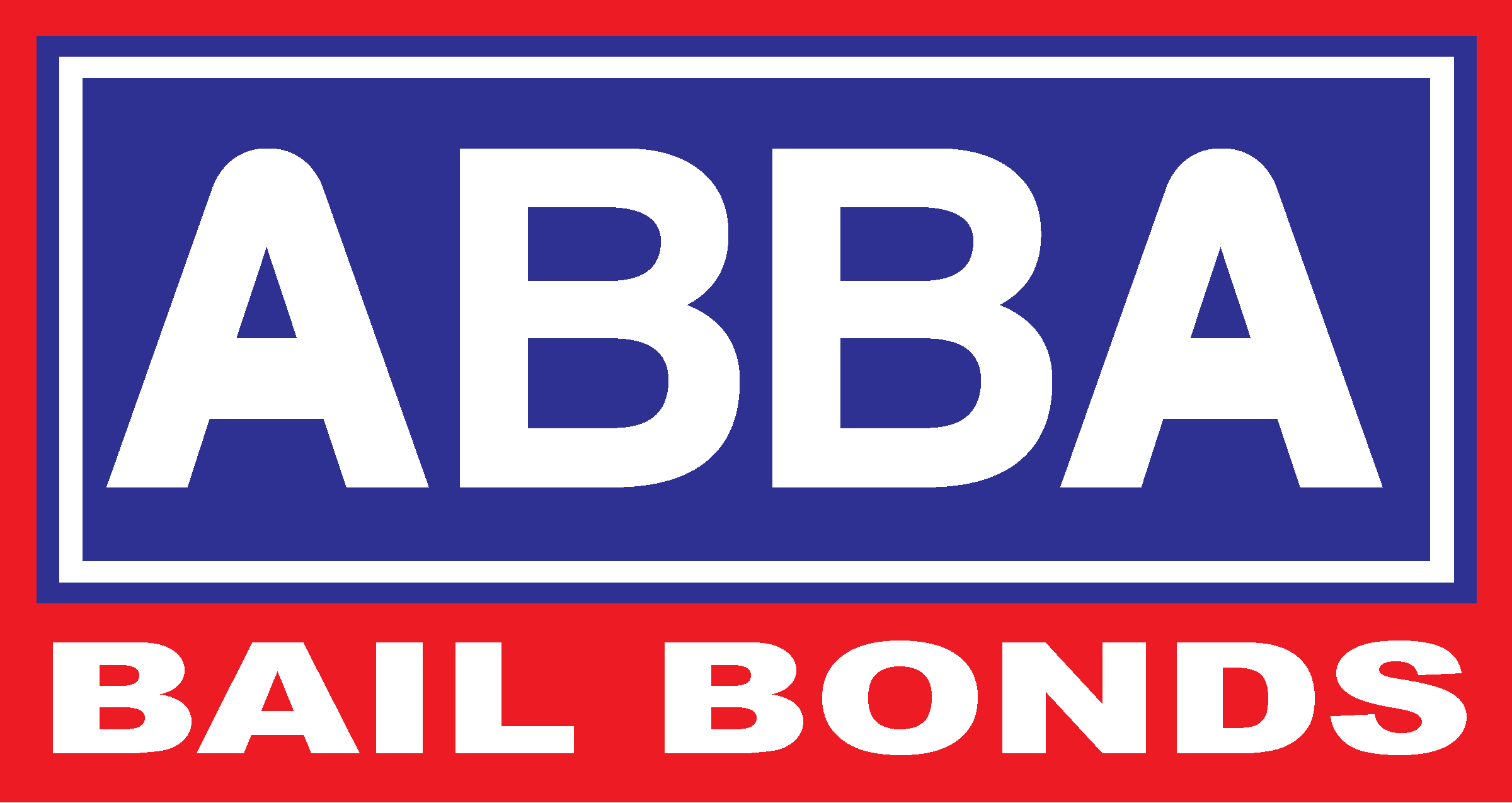Bail Bonds With Payment Plans In California

Most bail bonds companies in California will allow you to make a down payment to get released from custody. This payment is a portion of your bail bond and only part of the 10% of the full bail bond. One of the basic variables to pay the lowest down payment possible is to have the best co-signers available or collateral that can cover the cost of the full bail amount.
Many countries have bail bond schedules if you want to see what to expect your bail bond to be based on county guidelines. You can see an example of Orange County Bail Bonds guidelines here.
Bail bonds companies work with surety companies, which are insurance companies that approve bail bonds. They will check your employment to approve you as a co-signer. The length of time at your job is one factor, and the amount you make is the other. They will also check your credit, but don’t base the sole decision on the credit check.
If your co-signer doesn’t have the necessary credit and job history for the surety company to approve the bond, you can use your own or a co-signers collateral to cover the risk of the bond. The collateral can be in the form of cash or cash equivalents (Gold, Silver, Bitcoin), vehicles, or real property (houses, land, or commercial buildings).
Insurance companies want to see one of two things to lower the liability of taking a small amount of money down and putting you on a payment plan. Either the 10% of the total bond is paid in full, or the co-signers lower the risk of non-payment enough to get the insurance company to approve the client.
Bail Bonds With Payment Plans
Without resolving your criminal court matter, getting out of jail will most often require a bail payment. By paying the bail in full, you will receive your money back at the end of your criminal case, as long as you show up for court and take the right steps. However, this is often not an option, as the bail amount is more than most people in California can afford. For most people, using a company to make a bail bond payment is the smartest way to go.
1% bail bonds are available for well-qualified clients. With this option, you can put down one percent of the total bond amount and enough co-signers to make the insurance company comfortable to get you out of jail.
Setting Up A Payment Plan For Your Bail Bond
One option is to pay 10% of the ordered bail bond to the bail bond agent. Then, they will post the full amount of your bond to secure your release. For example, if the court sets the bail amount at $100,000 to get out of custody, they would post the full amount while you would pay the amount of $10,000 to your bail bondsmen.
What happens, though, when you don’t have even the 10% available to you? Many bondsmen will accept a lower amount down, as little as a 1% bail bond, to secure your release from the county jail. Like any payment plan, after the initial payment, you will still be responsible for the rest of the payments until the full amount of your bail bond has been paid.
Is Staying In Jail The Only Option?
While this is a difficult question for many, even if you can afford it, you may not come up with the money on such short notice. Luckily, there are bail bond payment options that could help you avoid paying the full amount of your bail bond without huge financial commitments.
There are still other pretrial release options available, depending on your jurisdiction in California. Often, if you are a low risk to the community, you can also request to be released on house arrest by simply petitioning your jail. They may turn you down, but it’s always a good idea to check into this if you can.
Co-Signers Help Reduce The Amount You Have To Pay Down
Let’s say you have the 1%, but you are currently unemployed or do not make enough to make the monthly payments for your payment plan easily. In this circumstance, you would be viewed as more at high risk. Not making your payments means the bond company may have to surrender you back into custody. Having another person or a few co-signers means that even though you are still responsible for your bond payments, they guarantee they will pay if you do not.
Co-signers help the underwriter of your bail bond lower the risk and liability by loaning out the full 10% of a bond to you while you make payments.
Be Clear About Any Payment Plan You Make
Communication with your bail bondsmen is very important. For example, you agree to make a 1% down payment to get out of jail and another 1% three days later before going to a monthly payment plan. If you don’t stick to that, the bond can get recalled, and you can go back to jail. Make sure that you discuss what you can pay with your bondsman.
It’s better to make a solid plan than end up back in jail because you committed to paying something you cannot pay. Once you have been surrendered to jail by a bondsman because you did not pay the full amount, it is unlikely that you will get a new bond written, even from a completely different bail bond company.
Consider Alternative Bond Options
Many inmates do not know that they can petition the county jail that they are in for a release on their recognizance. This kind of release may have a different set of pretrial conditions to stay out of jail but is also a much lower cost overall.
Los Angeles Pretrial Release, for example, allows for many ways to be released without posting a bond.
Should you decide to get the best payment plan options for your bail bond, apply on our website at abbabailbonds.com
What To Know About Your Bail Bond Payment Plan
- You must make all your payments on time to avoid any late fees or the possibility of returning to custody.
- It is always better to call your bondsman if an issue arises rather than avoid the issue.
- You can make payments easily on our website via several different payment options.
- If you miss a payment, this is when your co-signers will become responsible for making a payment on your behalf.
- If you go to jail during your case, you are still responsible for the totality of your bail bond owed.
- When your bond is exonerated because your case is finished, you will still owe any outstanding payments from your payment plan.
- Paying the total amount in full is always something you should offer because you will end up paying less in the long run.
